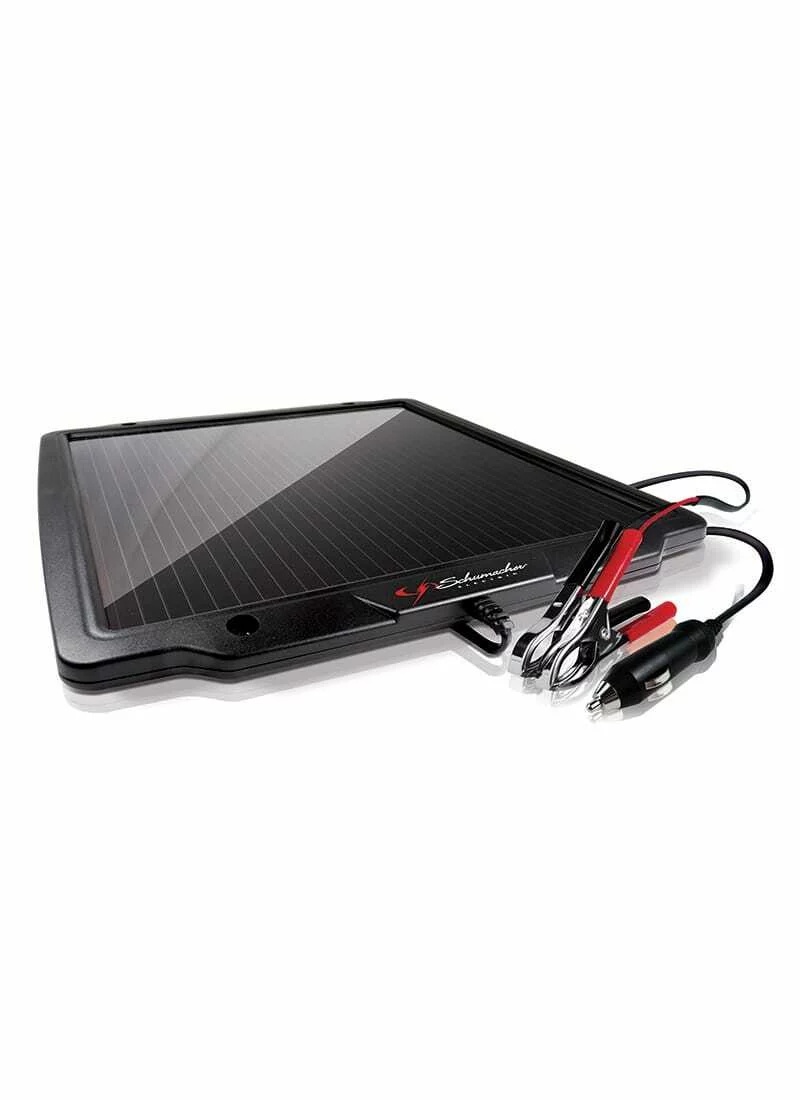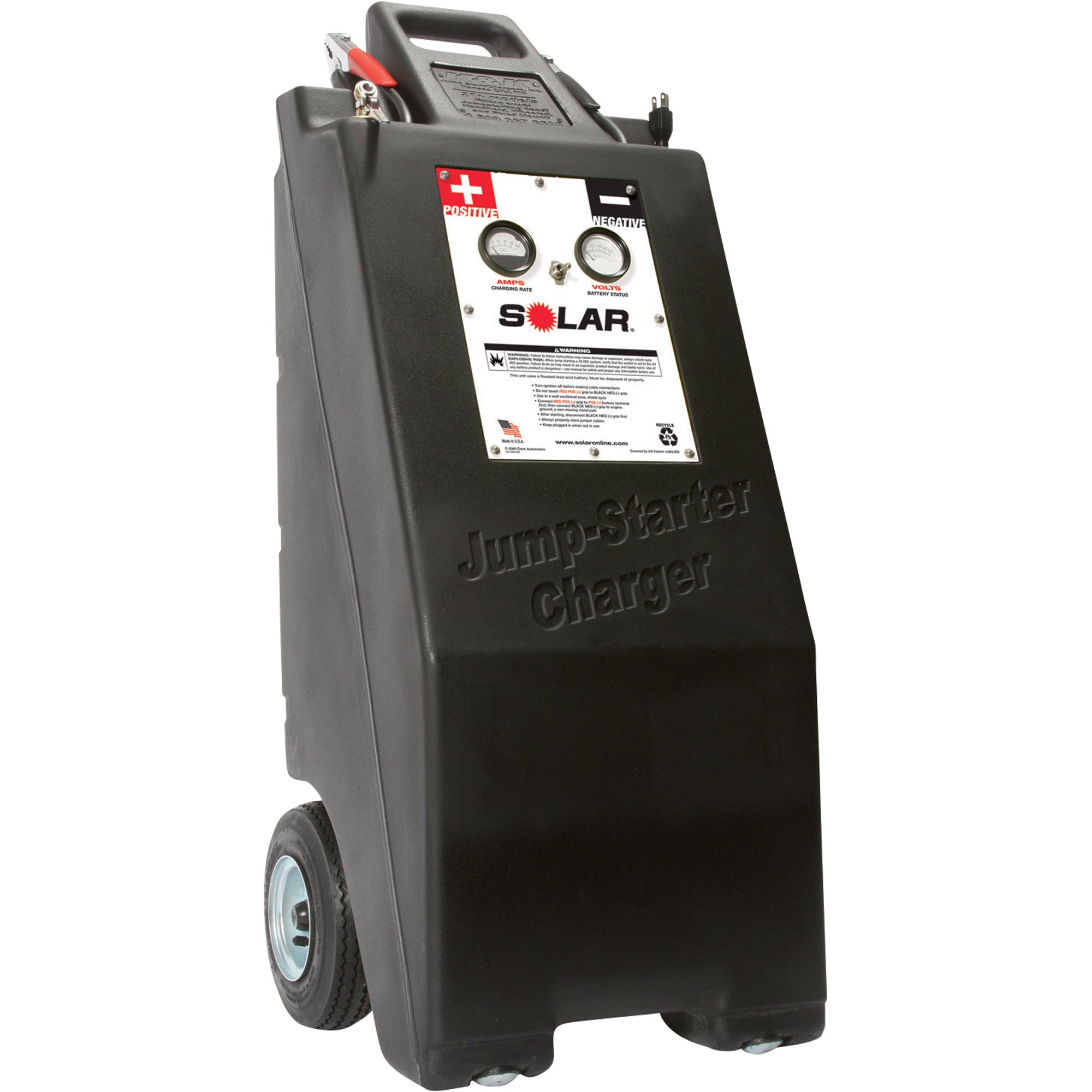Imagine you’re on a road trip, cruising through breathtaking landscapes, when suddenly, your car battery dies. Panic sets in, and you’re miles away from the nearest help.
But wait, you remember that trusty jump starter in your trunk. The only problem? It’s out of juice. That’s when the magic of solar power comes into play. Charging your jump starter with solar energy is not only eco-friendly but also incredibly convenient.
Picture this: as the sun shines down, it’s quietly working to recharge your jump starter, ensuring you’re never left stranded again. Sounds perfect, right? In this guide, you’ll discover simple, step-by-step instructions on how to harness the sun’s power to keep your jump starter ready for action. By the end, you’ll have the confidence to turn solar energy into your personal roadside hero. Intrigued? Let’s get started!
Benefits Of Solar Charging
Solar charging is eco-friendly. It uses the sun’s power. No harmful gases are released. Free energyfrom the sun saves money. It is renewable. The sun will shine every day. Solar charging is quiet. No noisy generators needed.
This method is portable. Take it anywhere. No need for wall sockets. Easy to set up. Just place under the sun. Solar panels are often durable. They last for years.
Solar charging is good for nature. Less pollution helps plants and animals. It is also safefor people. No risk of electric shocks. Charging with solar is smart for the earth.

Credit: www.schumacherelectric.com
Choosing The Right Solar Panel
Wattage tells how much power a panel can make. Efficiency shows how well it uses the sun’s energy. Higher wattage is good for fast charging. But, higher efficiency saves space. Think about what you need. A small car may need less. A big truck needs more power. Remember, more efficient panels can be more costly. But they work better in less sun.
Portable panels are easy to carry. They are good for travel. Fixed panels stay in one place. They are stronger. Think about your needs. Travel often? Choose a portable panel. Stay in one place? A fixed panel might be better. Each type has its own benefits. Choose wisely to charge your jump starter.
Setting Up A Solar Charging System
Connect the jump starter to the solar panel using cables. Make sure the positive and negative ends match. This ensures a safe connection. The sun gives power to the panel. It changes sunlight into energy. This energy charges the jump starter.
Charge controllers are important for safety. They control the amount of energy. Without them, too much energy can damage the jump starter. Place the charge controller between the solar panel and the jump starter. It keeps everything balanced and safe. Always check the connections. Make sure they are tight and secure.

Credit: www.northerntool.com
Optimal Charging Conditions
Sunny days are best for charging. Clouds slow down charging. Rain and snow block sunlight. Clear skies help charge faster. Warm temperatures also help. Avoid charging in cold weather. Cold weather reduces solar power. Wind can affect solar panels. Strong wind may move panels.
Place panels facing the sun. Angle panels for best sunlight. Keep panels clean and clear. Dust can block sunlight. Check panels often. Move panels as the sun moves. Morning and afternoon positions differ. Adjust panels during the day. Keep panels safe from shadows.
Maintaining Solar Charging Equipment
Charging a jump starter with solar involves connecting the solar panel to the device’s input port. Ensure the solar panel is placed in direct sunlight for optimal efficiency. Regular cleaning of panels enhances energy absorption, ensuring the jump starter charges effectively.
Cleaning Solar Panels
Dust and dirt can block sunlight. Clean solar panels often. Use water and a soft cloth. Avoid harsh chemicals. They can harm the panels. Cleaning helps panels work better. Check the panels for any damage. Fix cracks quickly. This ensures long life for your solar panels.
Regular Equipment Checks
Check all connections often. Loose connections can cause issues. Look at the wires for any damage. Replace damaged wires right away. Ensure the solar charger is in good condition. Test the output with a meter. Make sure it shows the correct numbers. This helps in keeping the equipment running well.

Credit: www.centurytool.net
Safety Tips For Solar Charging
Charging a jump starter with solar power requires careful handling to ensure safety. Always connect the solar panel to the jump starter in direct sunlight. Monitor the charging process to prevent overheating or damage, and use a solar panel with the correct voltage and wattage for your device.
Avoiding Overcharging
Solar charging is safe if done right. Overcharging can harm your jump starter. Always use a solar charge controller. This prevents too much charge. The controller stops power when the battery is full. Read instructions carefully. This keeps your jump starter safe.
Handling Electrical Components
Handle electrical parts with care. Do not touch wires with wet hands. Check all connections. They should be tight and clean. Loose wires can cause sparks. Sparks are dangerous. Never cover the solar panel during charging. This can stop power and damage parts. Stay safe by following these tips.
Troubleshooting Common Issues
Charging a jump starter with solar power can be tricky. Ensure solar panels are compatible with your jump starter. Connect correctly to avoid damage. Regularly check connections for secure fit.
Slow Charging Rates
Solar charging can sometimes be slow. This happens when the sun is weak. Clouds or shade can block sunlight. Position the solar panel correctly. Direct sunlight is important for fast charging. Use a larger solar panel if needed. Bigger panels capture more sunlight. Check the solar panel’s angle. Adjust it throughout the day. This helps gather more energy. Keep the panel clean. Dust or dirt can slow charging.
Connection Problems
Connections must be secure. Loose wires can cause issues. Check all connections carefully. Make sure plugs fit tightly. Inspect the cables for damage. Damaged cables can stop charging. Replace faulty cables quickly. Ensure the solar panel is compatible. Not all panels work with jump starters. Read the manual instructions for help. Follow the guidelines for proper setup. Use the correct adapters if needed.
Enhancing Efficiency
Solar trackershelp panels follow the sun. This means more sunlight hits the panels. More sunlight means more energy. With more energy, the jump starter charges better. Trackers can be single-axis or dual-axis. Single-axis trackers move in one direction. Dual-axis trackers move in two directions. This increases energy collection even more. Trackers make charging faster and more efficient. They are helpful tools for solar charging.
Storing energyis important for cloudy days. Batteries store energy from the sun. This energy is used when sunlight is low. It ensures your jump starter has power anytime. Batteries come in different sizes. Choose a battery size that fits your needs. Some batteries are rechargeable. Rechargeable batteries are good for long-term use. They save energy for later, which is very useful.
Frequently Asked Questions
How Do You Charge Your Jump Starter?
Connect the jump starter to a power outlet using the included charger. Ensure the device is turned off. Charge until the indicator shows full battery. Follow the manufacturer’s instructions for specific charging times and guidelines. Avoid overcharging to maintain battery health.
How Long Will A 100 Watt Solar Panel Take To Charge A 12v Battery?
A 100 watt solar panel can charge a 12V battery in about 8-10 hours. This depends on sunlight intensity and battery capacity. Ensure the solar panel receives direct sunlight for optimal performance. Always use a charge controller to protect the battery from overcharging.
How To Charge A Rechargeable Battery With A Solar Panel?
Connect the solar panel to a charge controller. Attach the rechargeable battery to the controller. Ensure proper voltage compatibility. Place the panel in direct sunlight for optimal charging. Monitor the battery’s charge level to prevent overcharging.
Can You Use A Solar Battery To Jump Start A Car?
A solar battery alone cannot jump start a car. It lacks sufficient power for the task. Jump starting requires a high current burst, typically provided by a dedicated jump starter or another car battery. Consider using appropriate equipment for safety and efficiency in jump starting a vehicle.
Conclusion
Charging a jump starter with solar power is practical. It saves energy and supports green living. Follow the steps carefully for safe charging. Use a reliable solar panel for best results. Check the jump starter’s voltage requirements. Regular maintenance extends its lifespan.
Solar charging is cost-effective and eco-friendly. It’s a great option for outdoor enthusiasts. Portable and convenient for road trips. Always keep safety in mind while charging. Explore solar energy for sustainable solutions. It’s easy and efficient. Enjoy the benefits of a charged jump starter.
Be prepared for emergencies anytime, anywhere.
Hi I am Tamim Hasan, I am a normal person. I like to help people so I want to help you through the blog website. If anyone is benefiting through this blog website then you can help me by sharing comments.




